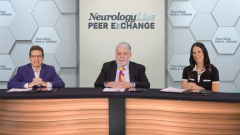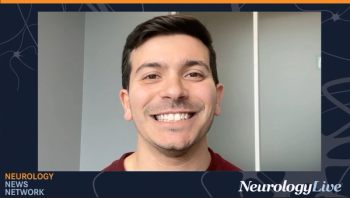
Targeted Therapies in Myasthenia Gravis
Panelists discuss how FcRn inhibitors work by blocking antibody recycling pathways while complement inhibitors prevent membrane attack complex formation at the neuromuscular junction, with both classes showing transformative efficacy but requiring careful patient selection and safety monitoring.
Episodes in this series

Targeted therapies have revolutionized myasthenia gravis treatment through FcRn inhibitors and complement inhibitors that address specific pathophysiological mechanisms underlying neuromuscular junction dysfunction. FcRn inhibitors function as “chemical plasmapheresis” by blocking the recycling pathway for pathogenic IgG antibodies, leading to increased lysosomal degradation and significant reductions in circulating acetylcholine receptor and MuSK antibodies. This targeted approach produces robust clinical responses in many patients who previously experienced frequent hospitalizations and functional limitations.
Complement inhibitors target the classical complement pathway by binding C5 with high affinity, preventing cleavage into C5a and C5b components necessary for membrane attack complex formation. This mechanism directly interrupts the destructive process at the neuromuscular junction that characterizes AChR-positive myasthenia gravis. Clinical trial data demonstrate that complement blockade can virtually eliminate myasthenic phenotypes in animal models and provides significant clinical improvement in human patients, though meningococcal vaccination requirements create important safety considerations.
Both therapeutic classes show approximately 60% to 70% response rates, with complement inhibitors specifically indicated for AChR-positive patients while FcRn inhibitors demonstrate efficacy across antibody subtypes including MuSK-positive and some seronegative patients. The transformative impact of these agents allows many severely affected patients to achieve functional improvement and reduced hospitalization rates. However, the 30% to 40% nonresponder population across all trials highlights the need for additional therapeutic targets and better predictive biomarkers to optimize treatment selection and achieve higher rates of minimal symptom expression.
Newsletter
Keep your finger on the pulse of neurology—subscribe to NeurologyLive for expert interviews, new data, and breakthrough treatment updates.




































